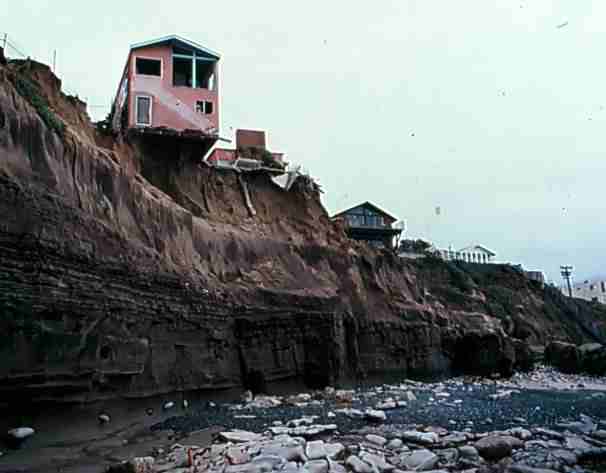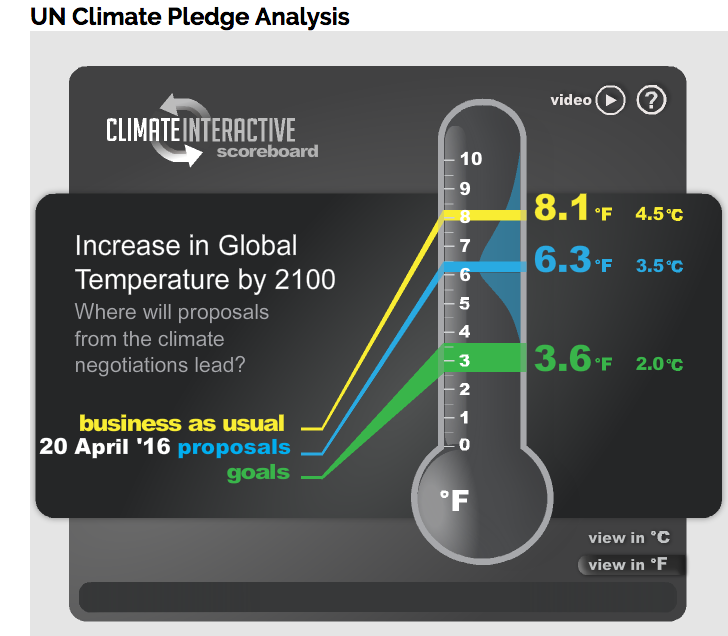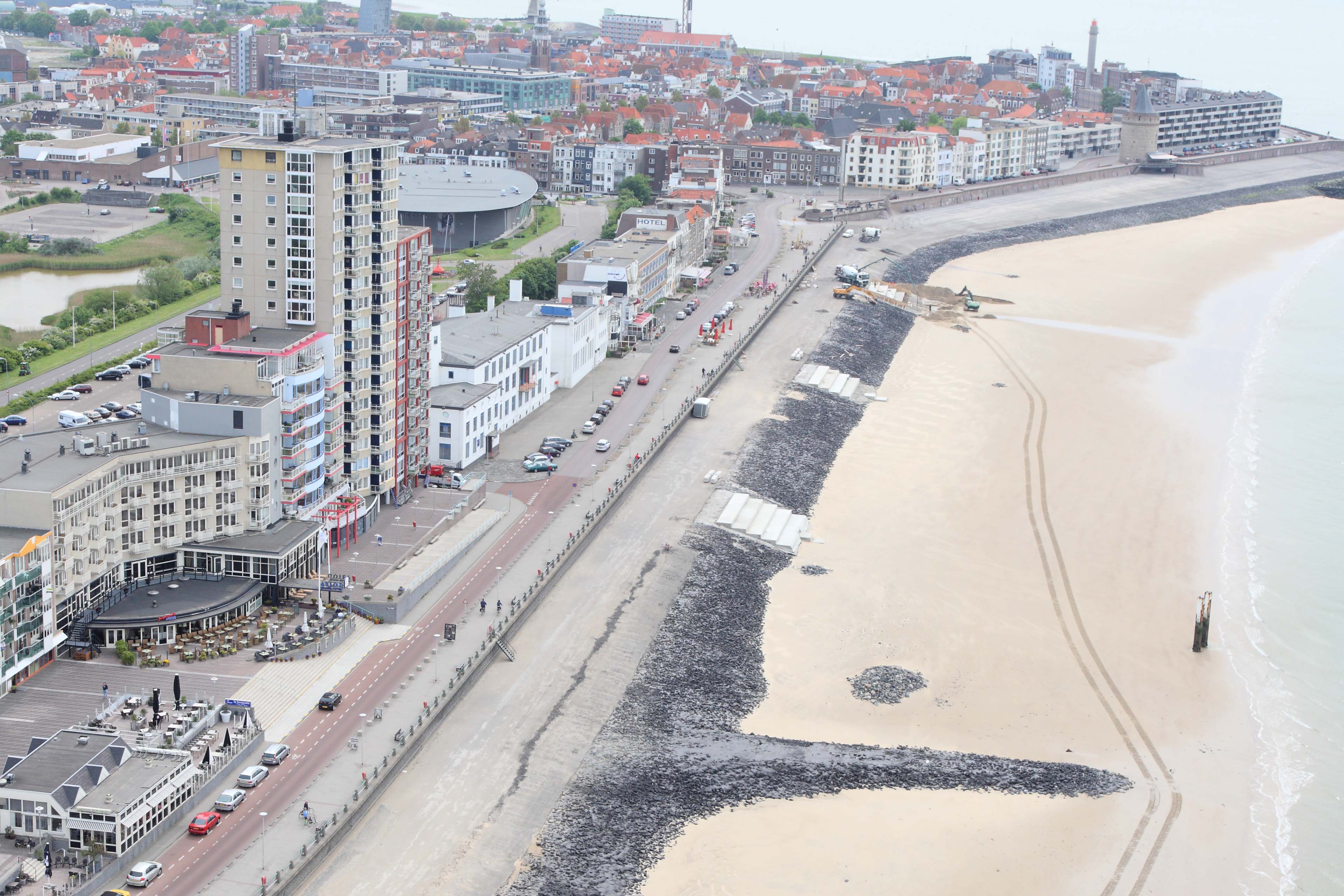Top 10 Lies About Sea Level Rise – Part 2
Last week I listed five “lies”, myths, or untruths about rising sea level. That was Part 1. Now for the second half, Lies # 6-10 I’ll be using the same format for each, first stating the truth, then the relevant myth or lie, and a brief explanation.
#6 TRUTH: Typical planning which is based on a “middle scenario” of sea level rise (SLR) is riskier and more expensive in the long run.
LIE: Since we do not know exactly how fast sea level will rise, the smart thing is to plan for mid-range projections.
EXPLANATION: As stated in point #5 in the previous post, the models cannot accurately predict the rate global sea level will rise. (For convenience the graphic of the theoretical curves is repeated just below.) Just as with planning for other disasters such as storms or earthquakes we should look at worst case scenarios for prudent planning. It would be foolish to only plan for a medium level hurricane or earthquake. Fortunately we don’t do this, building codes are in place to take into account extreme category 4 or 5 hurricanes and 7 or 8 magnitude earthquakes. With rising sea level this is even more important for two reasons: The upper limit projections continue to get higher. Furthermore, the extra ocean heat guarantees more ice melt and rising sea level in all coastal areas, such that designing for higher sea level both reduces risk and increases the likelihood that assets and infrastructure will have a longer useful life and better ROI – return on investment. We advocate that the best planning is done with a “9 box matrix” of three scenarios and three time horizons.

Latest projections for sea level this century. Actual sea level will likely NOT follow any of these. Planning should not be based on average.
#7 TRUTH: Beach restoration and coastal barriers are not a solution to SLR.
LIE: Beach restoration, higher seawalls, or barriers to waves are good solutions to future SLR.
EXPLANATION: Beach erosion is a huge global problem that will be made worse by SLR, but warrants a different solution. Sudden beach erosion is usually caused by large storm waves scouring the shore. Over longer periods of time, beach erosion is both a natural phenomenon of slowly migrating shorelines, made much worse by man made structures like jetties that interrupt the normal movement of sand along the shoreline. Trying to keep a beach where we want it, ofter referred to as beach restoration, replenishment, or re-nourishment is becoming increasingly expensive, due to the demand for sand for such projects as well as for fracking operations. Rising sea level will eventually exacerbate the scope of beach enhancement, but is a much bigger problem than just at the beach. As the ocean level rises, it floods areas much farther inland, flowing through intercostal waterways, streams, marshlands, far up tidal rivers and even up through porous rock. Planning and adapting to those situations is different than the narrow issue of beach erosion.

Beach erosion is becoming an increasing problem. While rising sea level will make it worse, restoring beaches is not a solution to rising sea level.
#8 TRUTH: Technology will be helpful with SLR but almost certainly cannot stop it.
LIE: Technology can solve SLR.
EXPLANATION: There are very different kinds of technology. With electronics we can do better mapping and visualizations of future flooding. I believe technology will eventually provide sufficient renewable energy to slow the rate of warming. Also it will eventually help us to reduce the high levels of greenhouse gases that is the force causing the warming and the ice to melt. It will also allow us to build buildings and communities better able to withstand temporary flooding or to somehow adapt to rising seas. However, sea level will rise due some basic principles of physics: the melting point of ice, and the laws of thermodynamics.
In other words, technology will not stop ice from melting at 32 degrees (0 Celsius). Given the current elevated heat level in the ocean and atmosphere, more ice will continue to melt for a very long time, despite our ever improving technologies. The laws of thermodynamics do not appear to allow any way to quickly cool the planet. There is no place to put the excess water as the sea rises. Earth is a closed system in the void of outer space.
Even the hotly debated Climate Agreement from Paris 2015 does not eliminate the warming that ultimately causes the ice to melt. As shown in the graphic below from Climate Interactive, illustrates that even if all countries participate as they committed, we will still have warming, just more slowly. And it must be noted that with the announcements by the Trump Administration in March 2017, the US seems to be headed to reduce its efforts to slow the warming.

Even the latest proposals to slow global warming do not fully stop the trend. Sea level must rise as the ice melts. Graphic by Climate Interactive. www.climatescoreboard.org
#9 TRUTH: Money will help adaptation to SLR but is not by itself the total solution.
Lie: We can solve the problem of rising sea level if we get the funding.
EXPLANATION: Funding will be needed to plan and adapt for SLR, but it is not the total solution that many imagine. Consider any location that is already being challenged by rising seas and more frequent flooding. For example, Miami, Fort Lauderdale, Annapolis, San Francisco, London. Even if they had an extra few “billion dollars” how would they deal with the threat and disruption of something on the scale of sea level that will keep rising foot by foot for decades. Besides the question of engineering adaptation there is tremendous resistance to disruption and change, what we might think of as social inertia. Take any particular region that is flooding, such as the cities listed above. While the streets and buildings could be adapted to withstand more frequent flooding and eventual sustained higher water, people resist disruptive change. This is the other crucial component that is just as challenging as finding the funding and the engineering solutions. In community after community one hears protests regarding the disruption of the historical character, or the “pedestrian experience” or the negative impact on property values. Even in Miami Beach which has aggressively led a program to install $400 million of pumps, pipes, and street elevations, residents are in an uproar about the disruption. The hard truth is, even that engineering solution only buys them a couple of decades. The City admits it does not know what to do, when sea level rise exceeds a few feet. We must realize that as important as money is to combating and adapting to sea level rise the human factor is just as critical. We must educate and help people realize that it’s not just buildings that need to change, they must be willing to adapt their attitudes and resistance to change as well.
Sunny day flooding in Miami Beach during extreme high tide. There is great resistance to disrupt the look and feel of existing communities.
#10 TRUTH: Planning and Adaption must begin ASAP
LIE: We can wait until we know how high sea level will really rise and begin to deal with it “soon”, perhaps sometime in the next 5, 10, or 20 years.
EXPLANATION: In today’s world, there is a tendency to delay tough solutions — the proverbial “kick the can down the road” that applies to so many tough issues such as budget deficits, social security and pension funding, the burgeoning costs of health care, etc. Though the huge disruption of rising seas and the slow onset makes it tempting to avoid bold solutions, there are important reasons to start thinking big sooner, rather than later. At the simplest example, consider a new bridge that is going through the process of design, permitting, and construction. It could easily last a hundred years. Bridges are designed with a vessel clearance height of cargo ships and sailboat masts. On any bridge being designed today I recommend that at least 30 feet be added to the clearance height. It will have negligible affect on the cost but will ensure that it is usable for a much longer time. Bridges are just one example as to how infrastructure needs to anticipate higher sea level. A good example of long term planning to adapt to rising sea level in addition to possible storms is shown in the image below from the town of Vlissingen, Netherlands.
In addition to these “top 10 Lies” about sea level rise, there are many other myths and misunderstandings. The challenge to adapt to rising sea level may be the most profound challenge of this century. We can not simply abandon the coasts. From the myriad appeals of being on the shore, to the practical aspects of having safe ports for shipping and diverse marine activities, working and living on the coasts is essential. We must be bold, creative and realistic in this new era.



